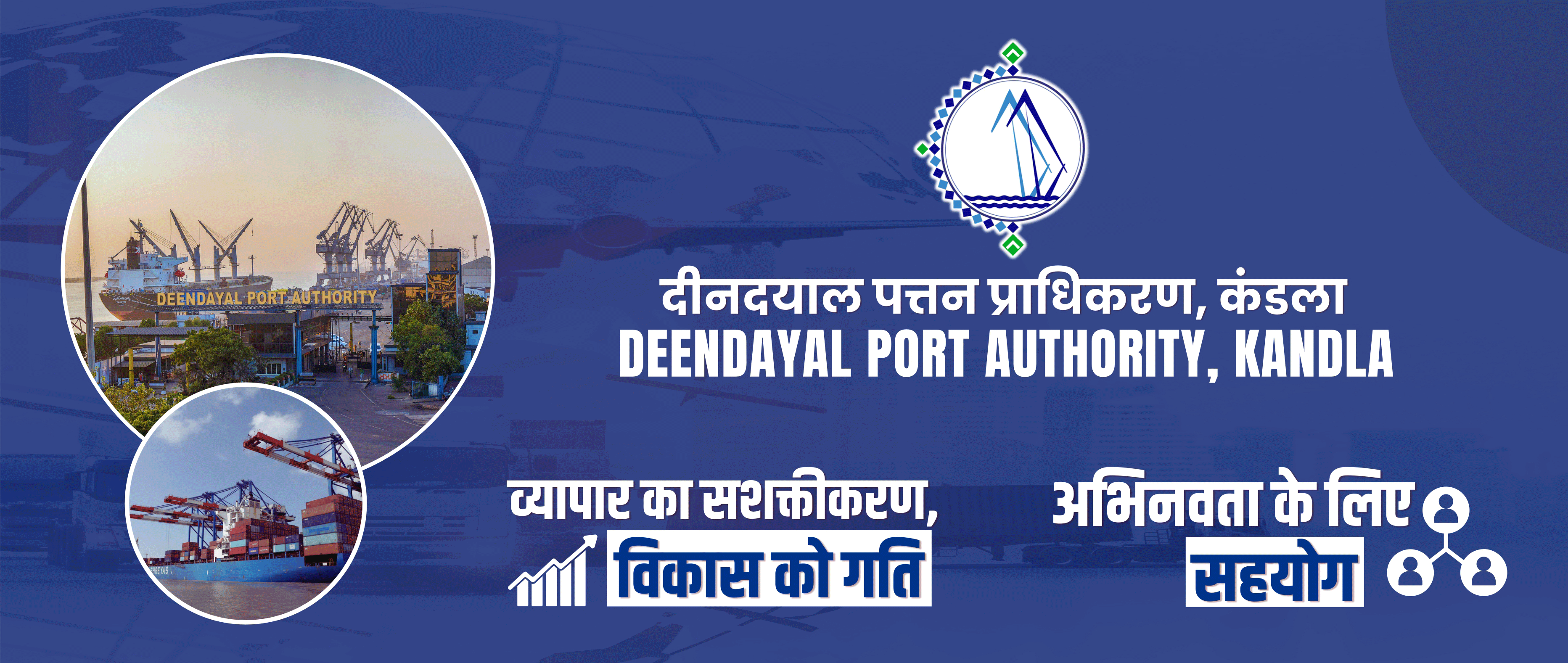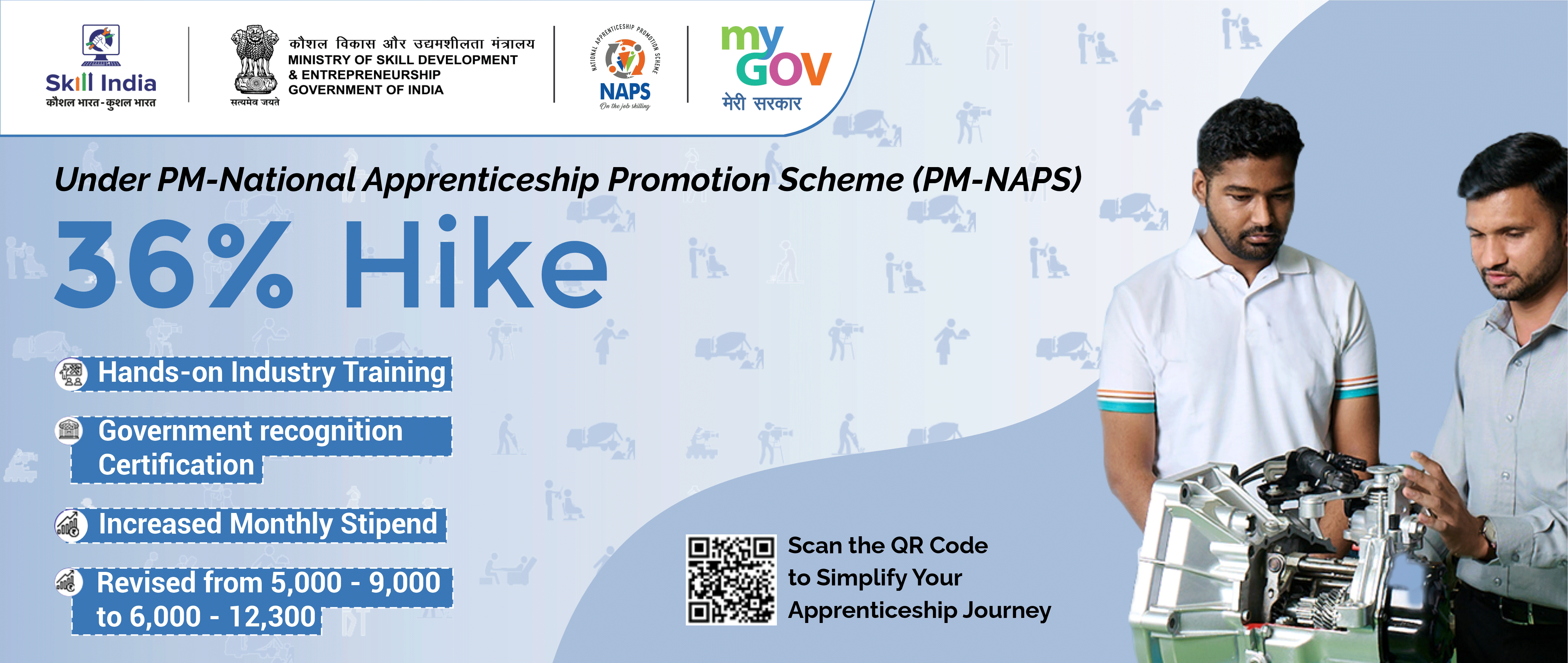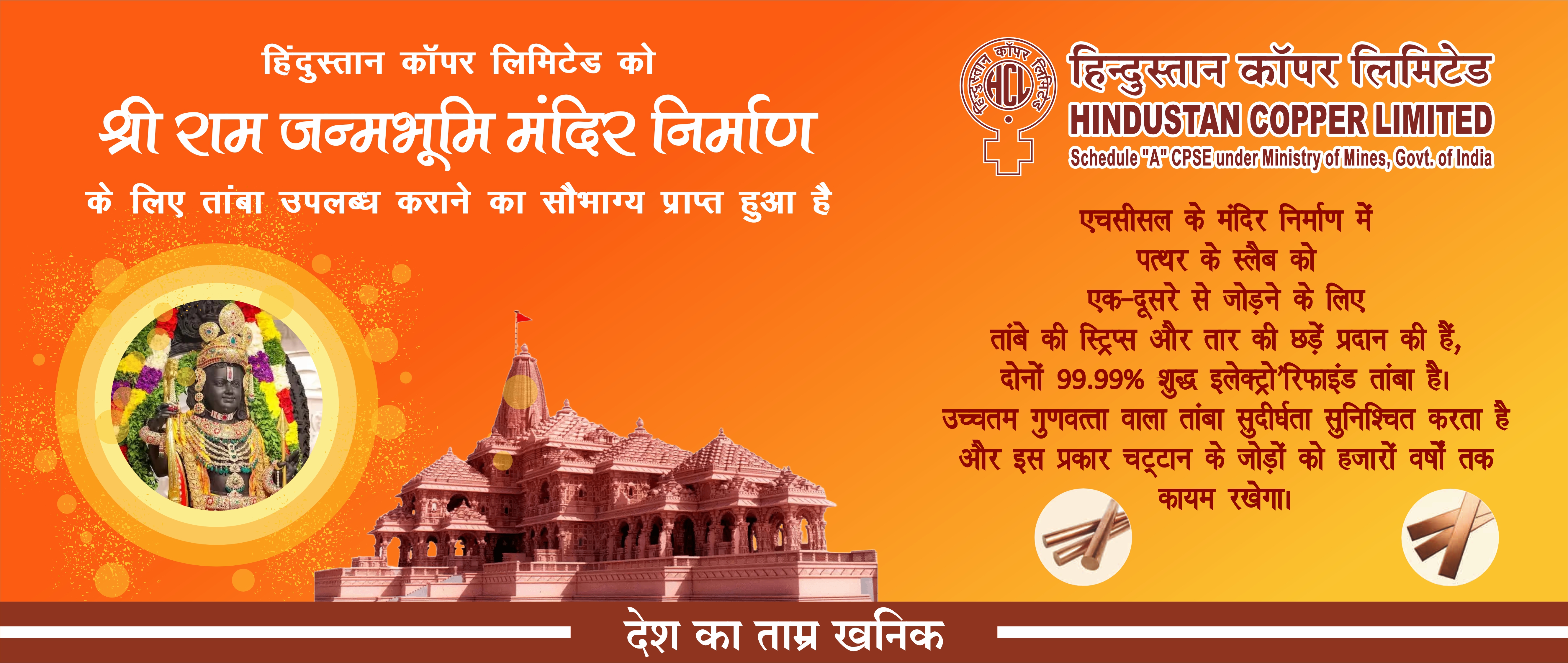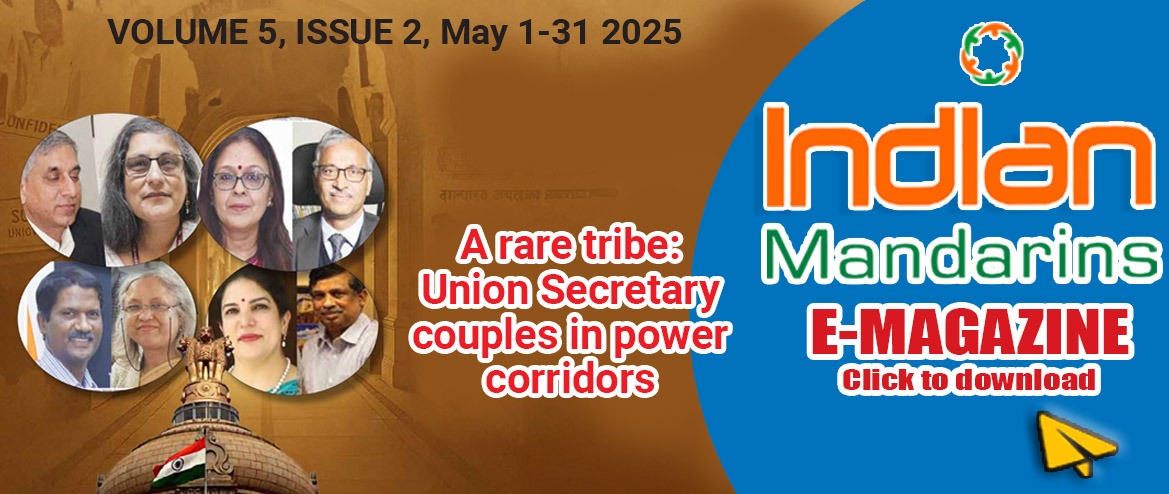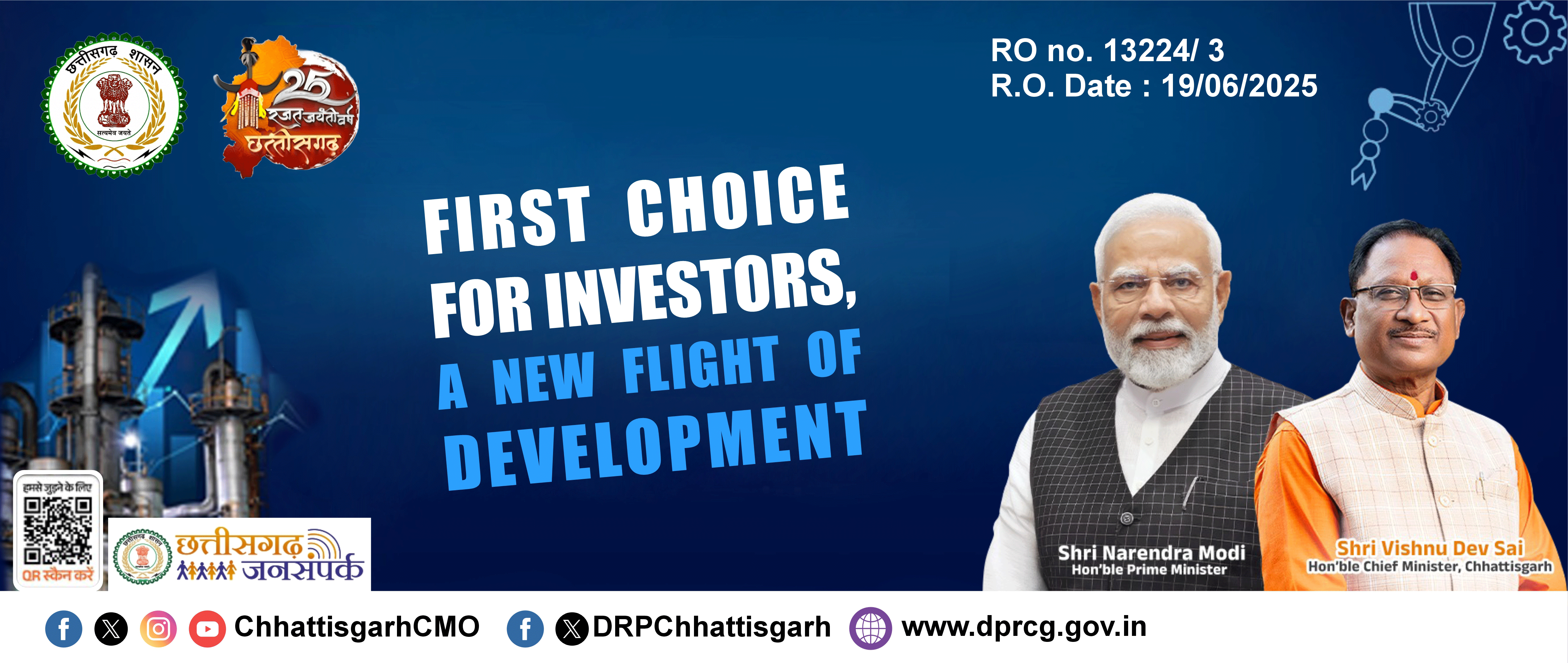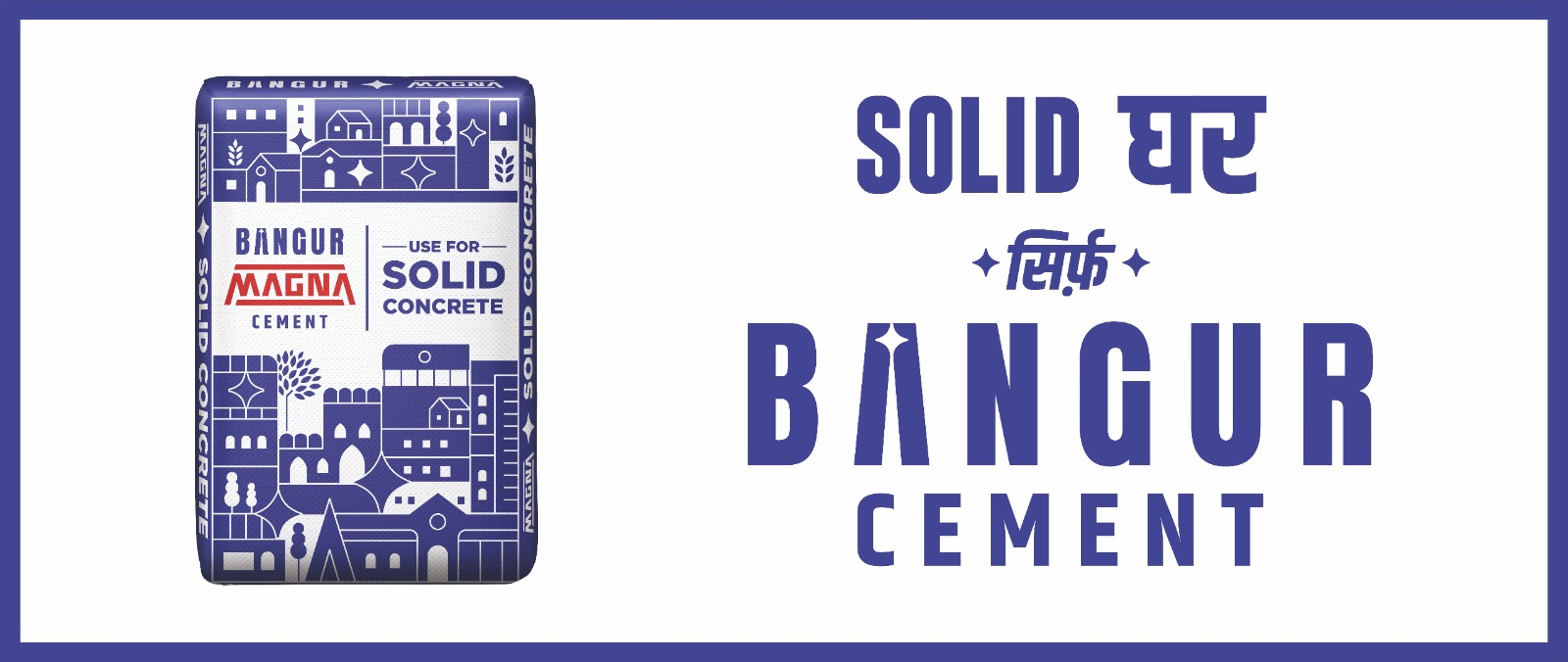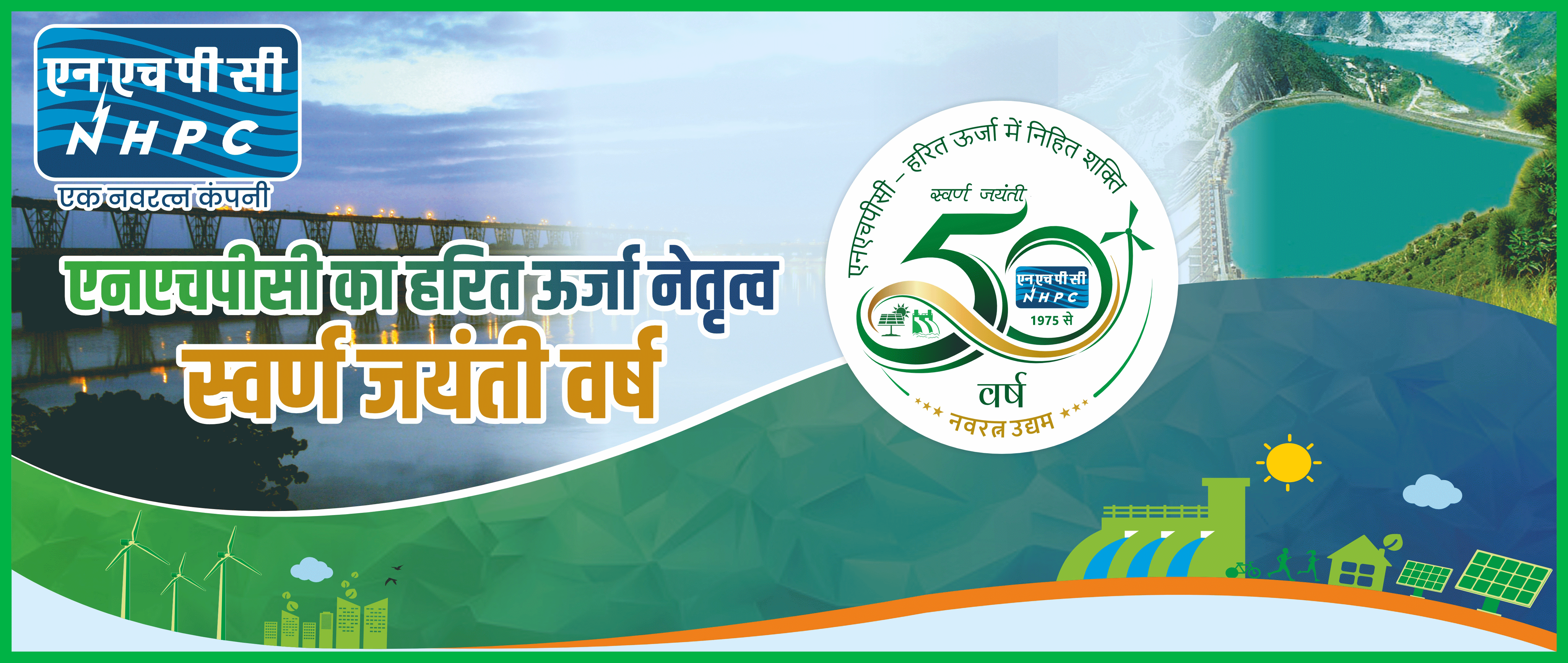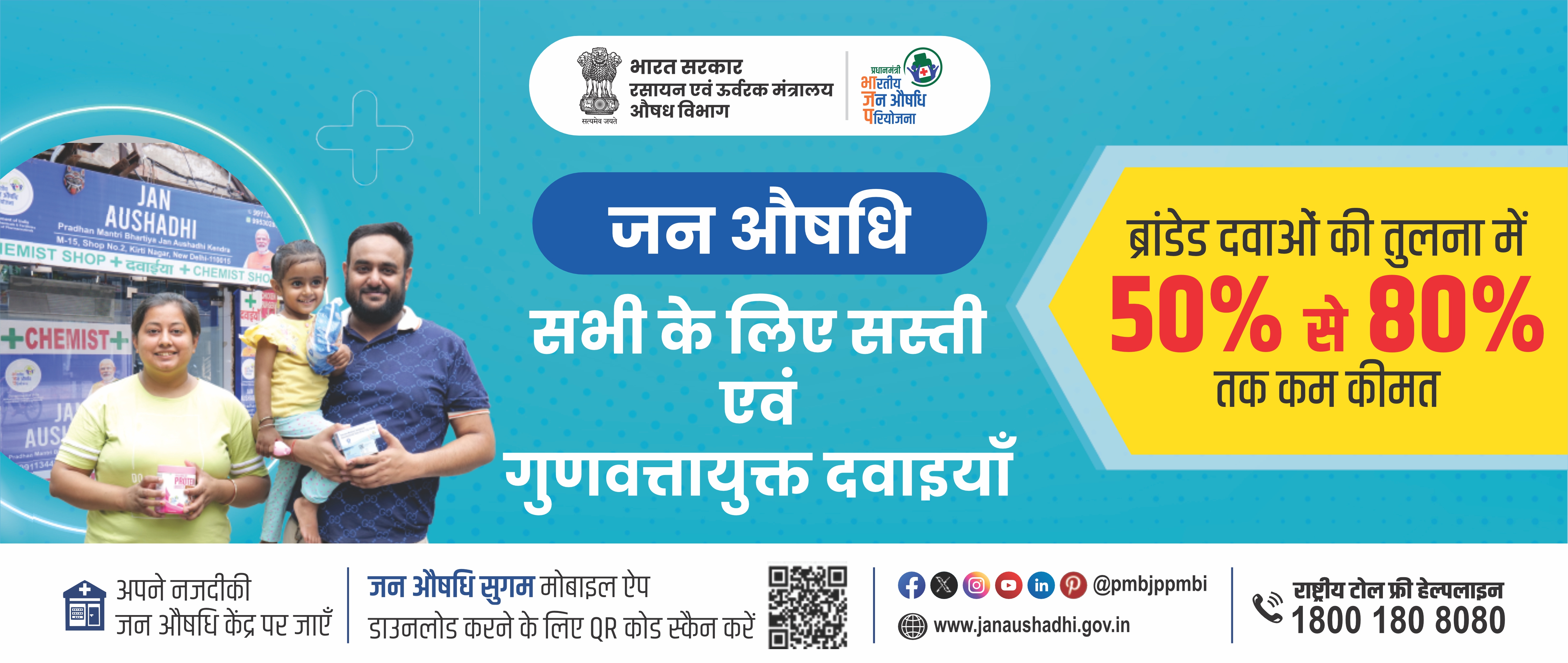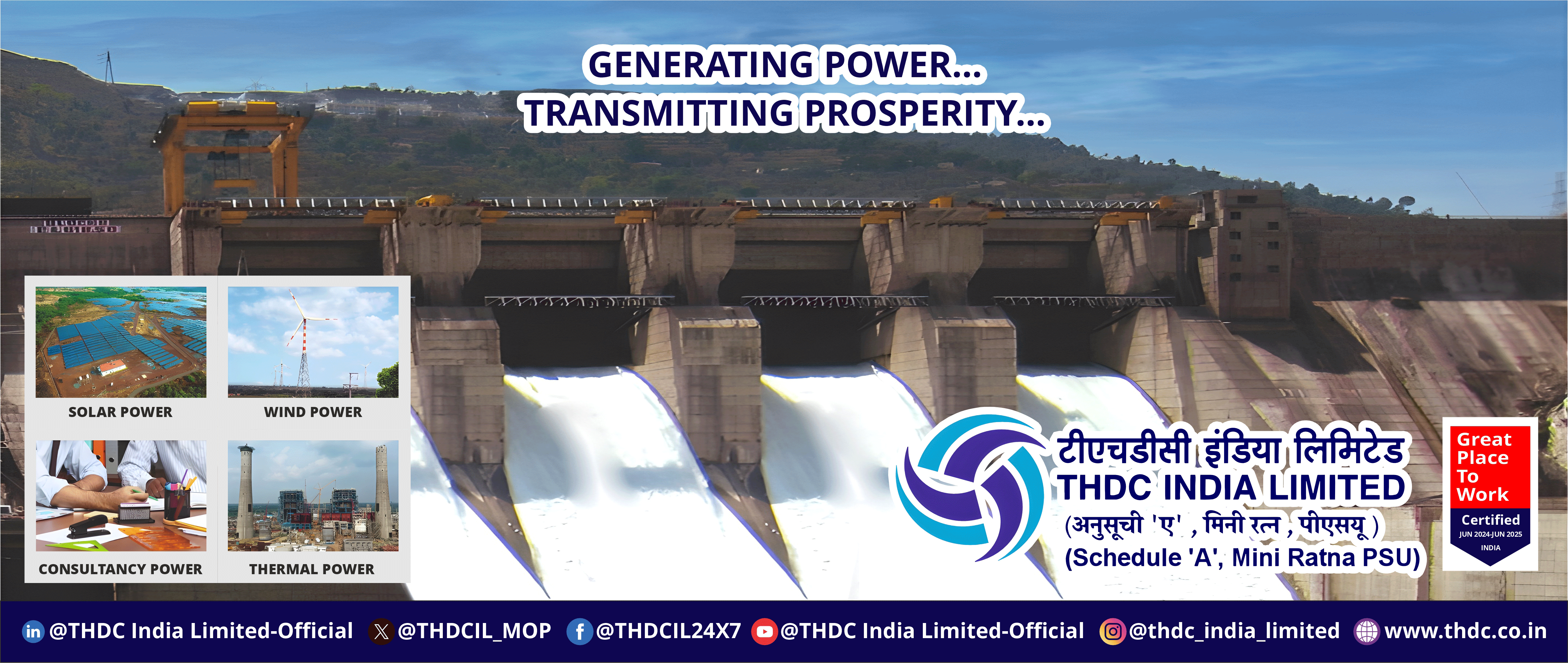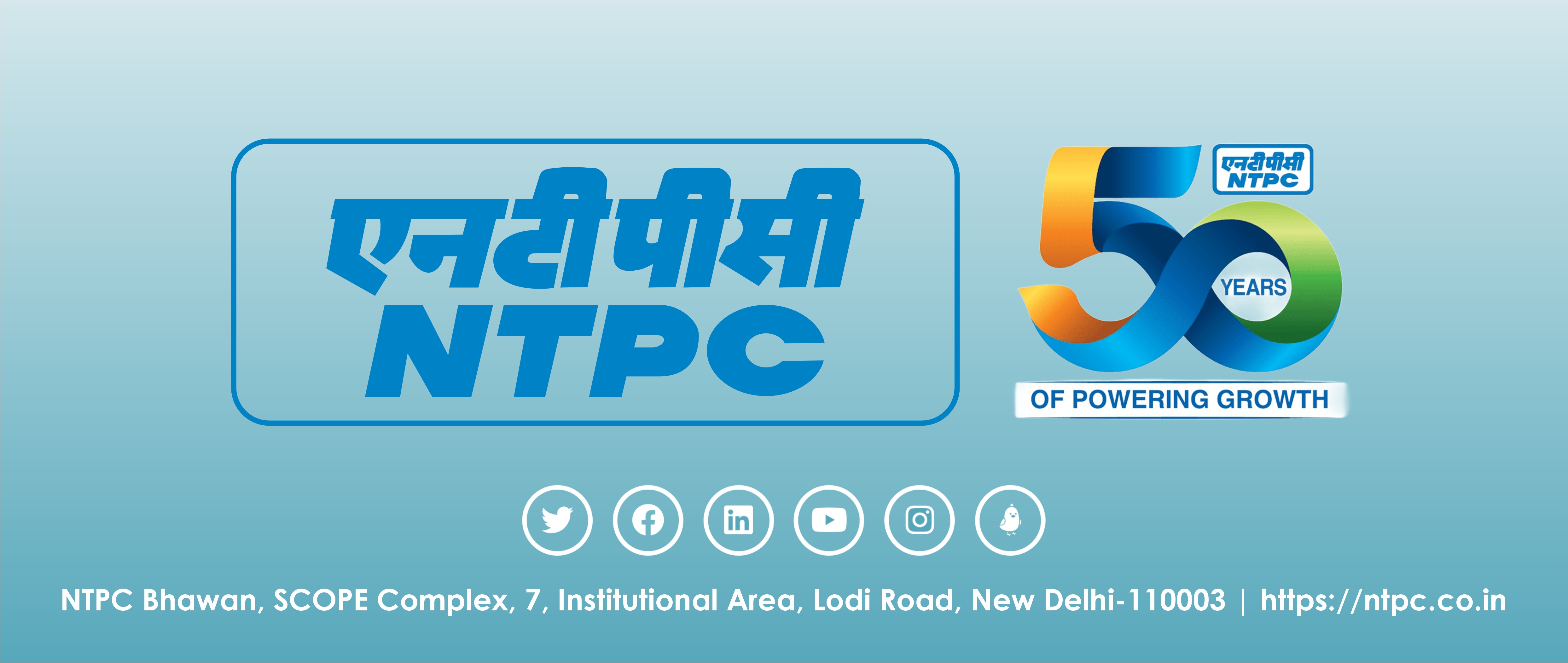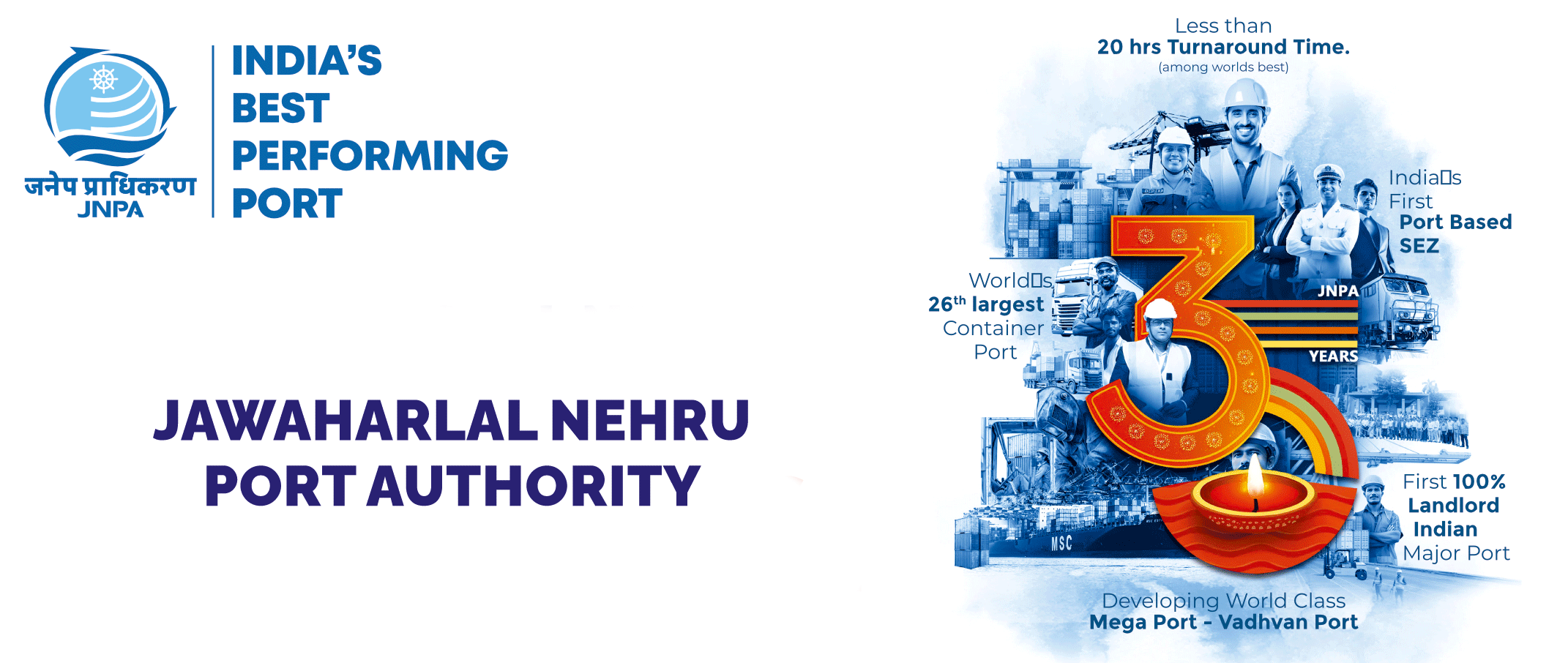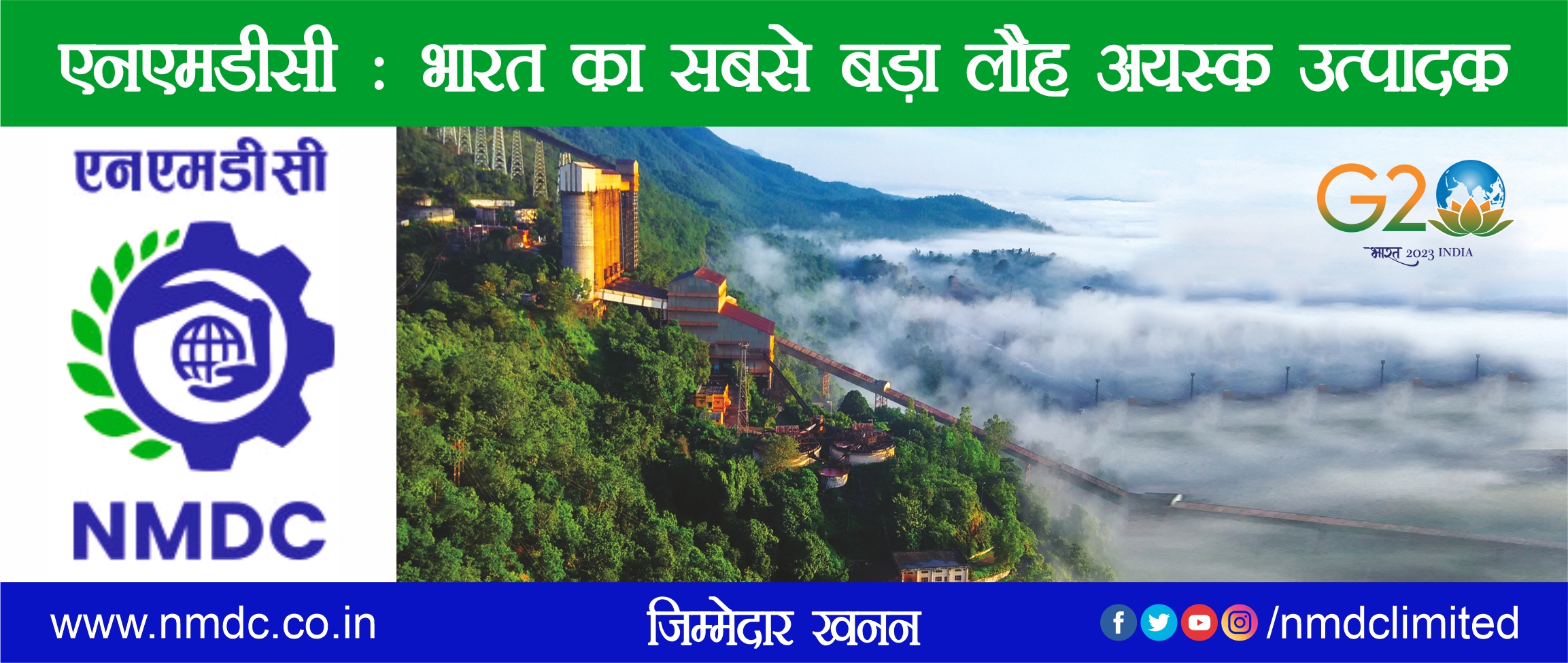TO RECIEVE EXCLUSIVE POSTS AND NEWS
The Department of Personnel
and Training (DoPT) has queried the Railway Board about the various facets of
its old policy of creating 'work charged posts'. Since these high-level posts
that include the posts in the rank of joint secretary and additional secretary
are created for executing specific posts, officials manning these posts may or
may not be swelling the top ranks in the railways. While seeking the details
and clarifications about these posts created in the past five to ten years, the
DoPT also wants to know whether the creation of these posts are at all vetted
by the Finance Ministry. Ironically, it also wants to know whether these moves
also vetted by it. The DoPT has further asked
whether the Railways have used these 'work charged posts' to promote their own
officers and carry out more recruitment. These queries were posted to the
Railway Board following the latter moving up a proposal to create more
high-level posts in the rank of joint secretary and additional secretary as
part of its cadre review exercise. The Railways had earlier
proposed that 75 per cent of the total "work charged posts" be
included to its total cadre strength, and 2.5 per cent of these posts be
upgraded to top levels. The data provided by the Railway Board constitute the
basis for questions framed by the DoPT. For instance, the latter's understanding
is that the civil engineering department creates one senior administrative
grade or joint secretary-equivalent post for every Rs 96 crore of establishment
cost of a project. The other cadres of
electrical, accounts, signalling and stores that are normally involved in
project execution have different yardsticks for creation of posts based on
similar calculations. Usually, most of these posts are not phased out, but are
transferred elsewhere. To get a clear picture about the cadre management in the
railways, the DoPT has also sought details on the number of posts created for
projects where the work was outsourced or tenders were invited. The logic is that, in a
project where the job of the Railways is limited to awarding tenders, the
creation of a large number of posts is undesirable. Queries have also been
posted on the procedures followed in projects executed through joint ventures
and public-private partnership.![]()
Readers' Choice
R K Sharma is the new Rajasthan DGP 30 Jun 2025
Centre swings surprise, Gujarat DGP gets extension in service 30 Jun 2025
Tenure of Chhattisgarh Chief Secretary extended 30 Jun 2025
Rajesh Kumar appointed as Chief Secretary of Maharashtra 30 Jun 2025
Saswata Mishra appointed Principal Secretary to Odisha CM 30 Jun 2025
DoPT seeks clarifications on Railways cadre review
By IndianMandarins - 2015-10-29 11:45:00
The Department of Personnel and Training (DoPT) has queried the Railway Board about the various facets of its old policy of creating 'work charged posts'. Since these high-level posts that include the posts in the rank of joint secretary and additional secretary are created for executing specific posts, officials manning these posts may or may not be swelling the top ranks in the railways. While seeking the details and clarifications about these posts created in the past five to ten years, the DoPT also wants to know whether the creation of these posts are at all vetted by the Finance Ministry. Ironically, it also wants to know whether these moves also vetted by it.
The DoPT has further asked whether the Railways have used these 'work charged posts' to promote their own officers and carry out more recruitment. These queries were posted to the Railway Board following the latter moving up a proposal to create more high-level posts in the rank of joint secretary and additional secretary as part of its cadre review exercise.
The Railways had earlier proposed that 75 per cent of the total "work charged posts" be included to its total cadre strength, and 2.5 per cent of these posts be upgraded to top levels. The data provided by the Railway Board constitute the basis for questions framed by the DoPT. For instance, the latter's understanding is that the civil engineering department creates one senior administrative grade or joint secretary-equivalent post for every Rs 96 crore of establishment cost of a project.
The other cadres of electrical, accounts, signalling and stores that are normally involved in project execution have different yardsticks for creation of posts based on similar calculations. Usually, most of these posts are not phased out, but are transferred elsewhere. To get a clear picture about the cadre management in the railways, the DoPT has also sought details on the number of posts created for projects where the work was outsourced or tenders were invited.
The logic is that, in a project where the job of the Railways is limited to awarding tenders, the creation of a large number of posts is undesirable. Queries have also been posted on the procedures followed in projects executed through joint ventures and public-private partnership.





